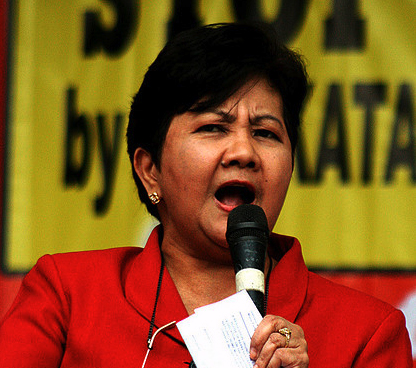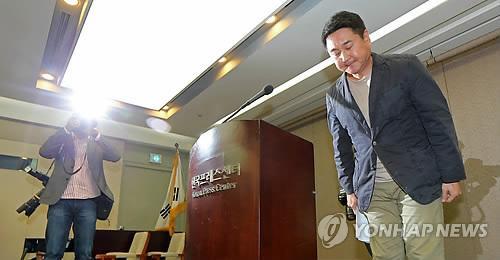By Kathryn Maureen Ryan
Managing Editor, Impunity Watch
BEIJING, China – Every year the newest high-tech “must haves” hit the stores. From tablets to smartphones these devices are updated constantly. Manufacturers add new features, often barley changing the design or functions of the device itself, to make the new product more desirable and the model design somehow obsolete. Consumers come in droves to buy the newest smart-devices in developed countries often never seeing what will happen to their discarded devices when they trade in the old for the new. The undesired electronics are called E-waste. The process of recycling E-waste in developing countries like china is extremely hazardous, putting workers, local residents and the environment at risk in towns where E-waste recycling is being carried out.

The town of Guiyu in China is perhaps the E-waste capital of the world. Mountains of discarded electronics, from remote controls and stereos to televisions sets and telephones, fill warehouses and spill out into alleyways. Workers strip the plastic devices of their circuitry to attempt to recycle the devices or retrieve the precious metals like gold and copper found within to resell. The industry comes at a high environmental cost for the community and the surrounding environment. Workers who burn circuit boards and plastic to attempt to retrieve precious metals suffer from a high degree of exposure to dangerous chemicals and heavy metals. Heavy metal contamination has turned the air and water toxic, and children have high lead levels in their blood, according to a study published in August by researchers at Shantou University Medical College. Plastic often ends up flooding the local watershed, polluting the water and destroying local ecosystems.
Over the past few decades, most of the e-waste entering Guiyu came from outside of china, often coming from developed countries in Europe and North America. However, in recent years western counties have been making a greater effort to recycle their own electronic waste. However, the Chinese domestic supply of e-waste is surging and much of it will continue to end up in Guiyu.
According to the United Nations University’s Solving the E-waste Problem (StEP) Initiative China currently generates 6.1 million metric tonnes of e-waste a year, compared with 7.2 million for the United States and 48.8 million worldwide. E-waste production in the United States has increased by 13% over the past five years while China’s has nearly doubled, at that rate China will surpass the Unlisted States as the biggest producer of e-waste as early as 2017.
“Before, the waste was shipped from other parts of the world coming into China — that used to be the biggest source and the biggest problem,” said Ma Jun, director of the Institute of Public and Environmental Affairs, one of China’s foremost environmental NGOs. “But now, China has become a consuming power of its own,” Ma said. “We have I think 1.1 billion cell phones used, and the life of our gadgets has become shorter and shorter.” “I think the wave is coming,” he continued. “It’s going to be a bigger problem.”
The environmental and health concerns of e-waste processing largely go ignored by the Chinese government and the industry remains poorly regulated. “From the government’s perspective, e-waste gathering and processing is important for the local economy,” said Lai Yun, a Greenpeace researcher. “Research has shown that 80 percent of households are involved in this work. So, if they don’t expand this industry, these residents will need some other kind of employment.” An estimated 80,000 of 130,000 residents Guiyu work in the poorly regulated industry.
“People think this cannot be allowed to go on,” said Leo Chen, 28, a financial worker who grew up in the town of Guiyu. While he said the situation is better today than a decade ago, the long-lasting impacts of environmental degradation remain. “In my memory, in front of my house, there was a river. It was green, and the water was very nice and clear,” he said. “Now, it’s black.”
For more information please see:
Salon – Fast, Cheap And Out Of Control: How Hyper-Consumerism Drivezs Us Mad – 2 November 2014
Business Insider – E-Waste Inferno Burning Brighter In China’s Recycling Capital – 28 October 2014
The Japan Times – Chinese Capital Of Recycling Electronic Waste Is Booming, But At A Cost To The Environment And Locals’ Health – 28 October 2014
Khaleej Times – E-Waste Inferno Burning Brighter In China’s Recycling Capital – 28 October 2014





